In 2015, Nokia launched the Ozo VR, a $60,000 professional camera for virtual reality (VR). However, by 2017, the company decided to exit this market to focus on digital health technology. Now, Nokia is back in the imaging field with a new step, having just announced "the world's first 5G 360-degree camera for industrial applications."
The device can be mounted on mobile vehicles, drones or in surveillance locations.
The device is called the Nokia 360 Camera, and it can stream 8K video with spatial audio and low-latency connectivity. The camera supports a variety of connectivity options: 5G, Wi-Fi, and Ethernet. The Wi-Fi-only version is the cheapest, and it is intended for industrial use, so it won't be sold to consumers. Notably, the 5G variant is designed to work in extreme temperatures, weather conditions, and environments.
The camera is designed to be extremely durable with IP67 water resistance and shock resistance. In addition, it promises to provide protection against information theft, thanks to advanced security software combined with built-in security hardware.
The Nokia 360 Camera is designed to work with the Nokia Real-time eXtended Reality Multimedia (RXRM) software solution. This allows the device to be used for remote control of industrial equipment, remote monitoring and inspection, and environmental investigation. In Nokia's promotional video, it can also work on drones such as flycams.
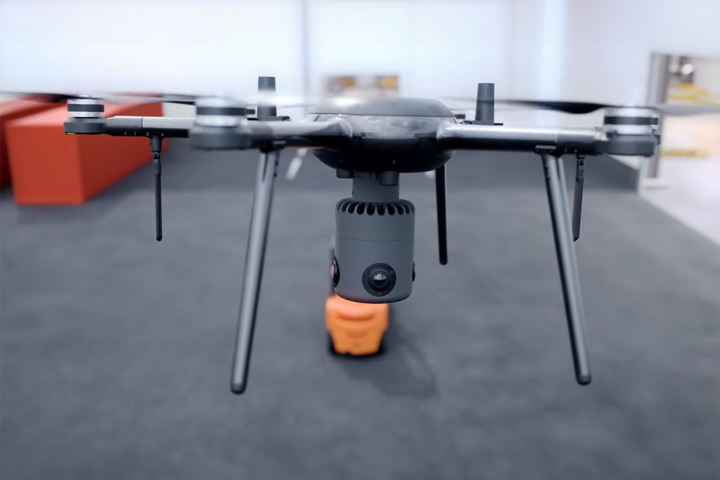
This is the world's first 5G-connected 360-degree camera.
Nokia's software delivers 360° video with 3D OZO Audio, and helps businesses build extended reality features.
Nokia 360 Camera is deployed at Pyhäsalmi Mine, Europe's deepest mine, for research and development (R&D) and remote operator training by Callio Pyhäjärvi, a Finnish company.
Since losing its mobile phone crown in the early 2010s, Nokia has undergone a number of notable transformations to reshape its position in the technology industry. After selling its mobile devices and services division to Microsoft in 2013 for $7.2 billion, Nokia has largely retreated from the business that made its name. Although Microsoft attempted to acquire and develop its Lumia line of phones, these efforts were unsuccessful and the business was eventually shut down in 2017.
In the post-phone era, Nokia shifted its focus to telecommunications networks and infrastructure technology. The $16.6 billion acquisition of Alcatel-Lucent in 2016 helped the company expand its competitiveness in the industry, especially in the North American market. Today, Nokia is one of the leading providers of 4G and 5G network infrastructure globally, competing directly with big names such as Ericsson and Huawei.
Nokia hasn’t completely abandoned its footprint in the phone industry, though. In 2016, it licensed the brand to HMD Global, a Finnish company founded by former Nokia employees. HMD Global then revived the Nokia brand with a line of Android smartphones and feature phones, focusing on the affordable price segment and nostalgia for durable quality.
In parallel, Nokia has also made strides in the health technology sector. The acquisition of Withings, a French health technology company, in 2016 showed the company’s ambition to develop digital health devices such as health-tracking smartwatches and IoT devices. Although no longer a leading name in the eyes of ordinary consumers, Nokia has quietly repositioned itself as a giant in the technology industry and infrastructure, especially in the B2B segment.
Source








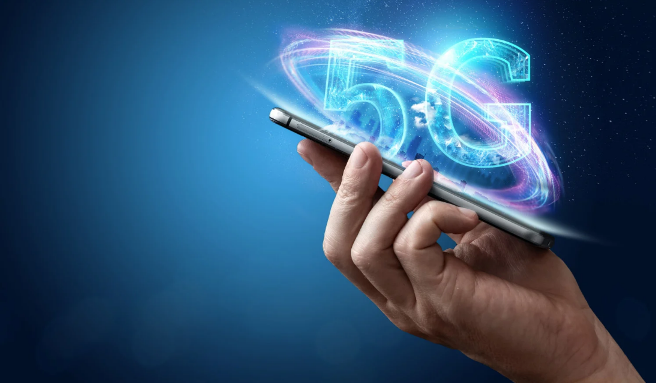
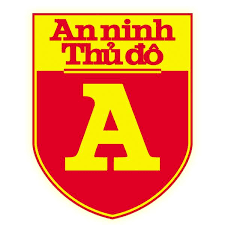
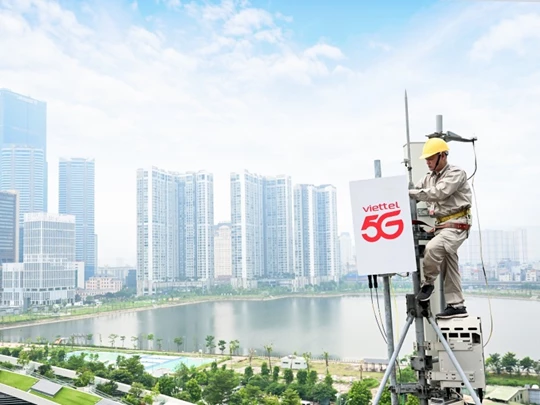

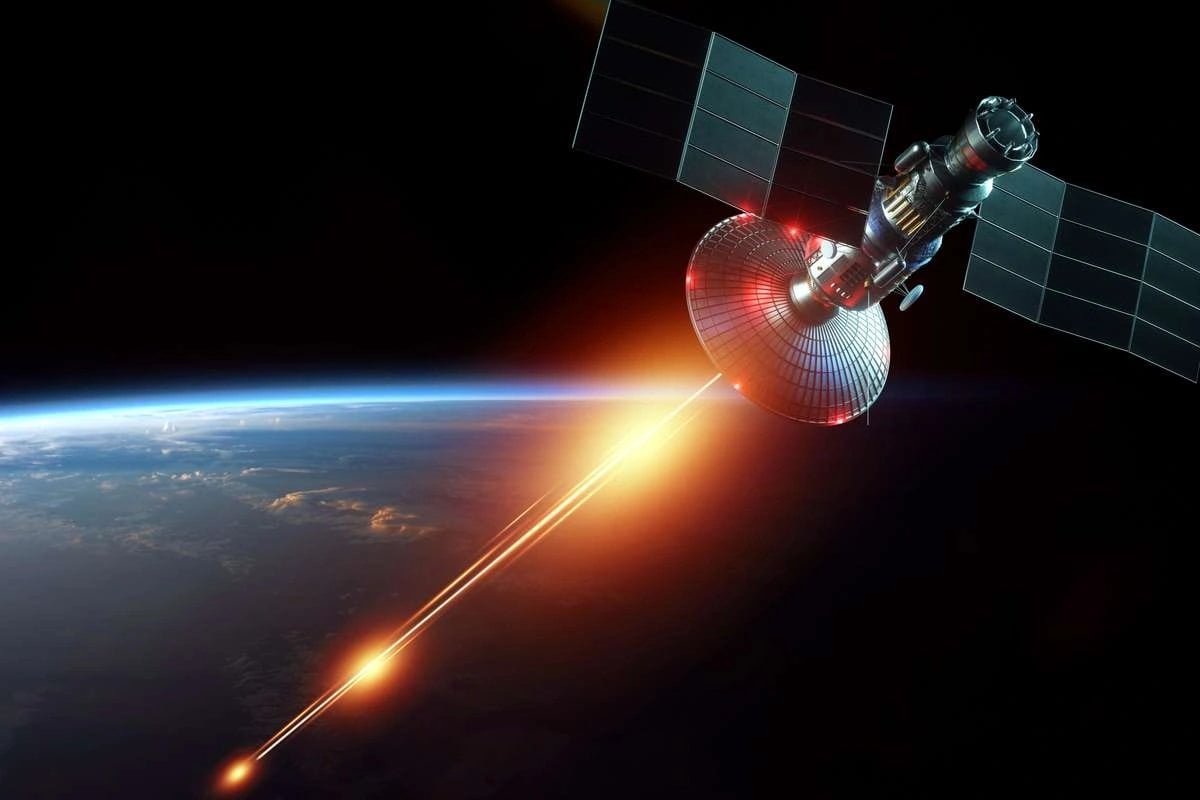

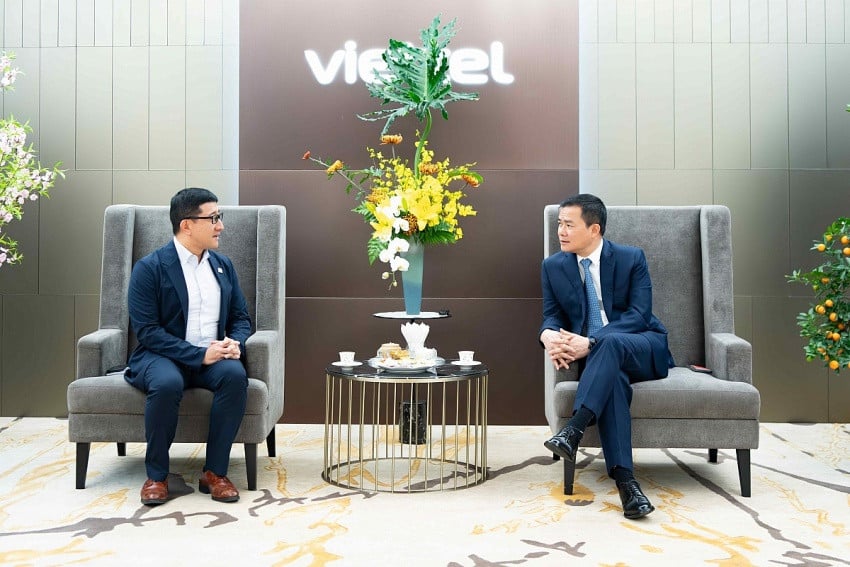



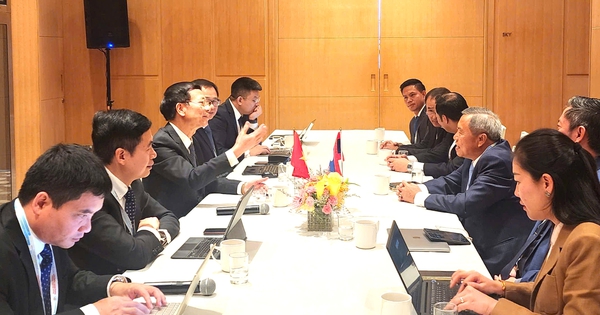




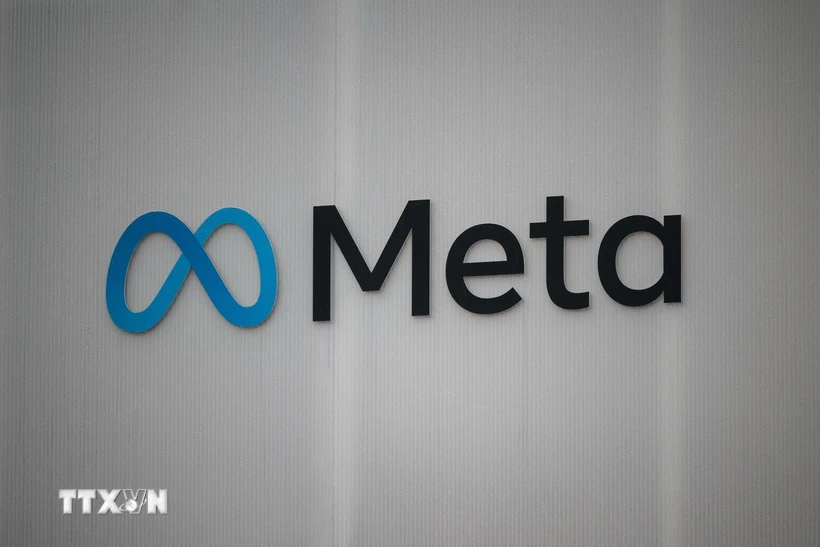

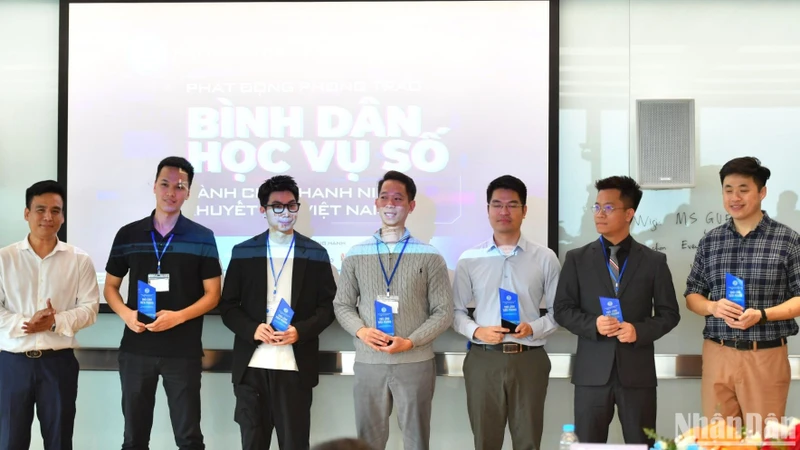
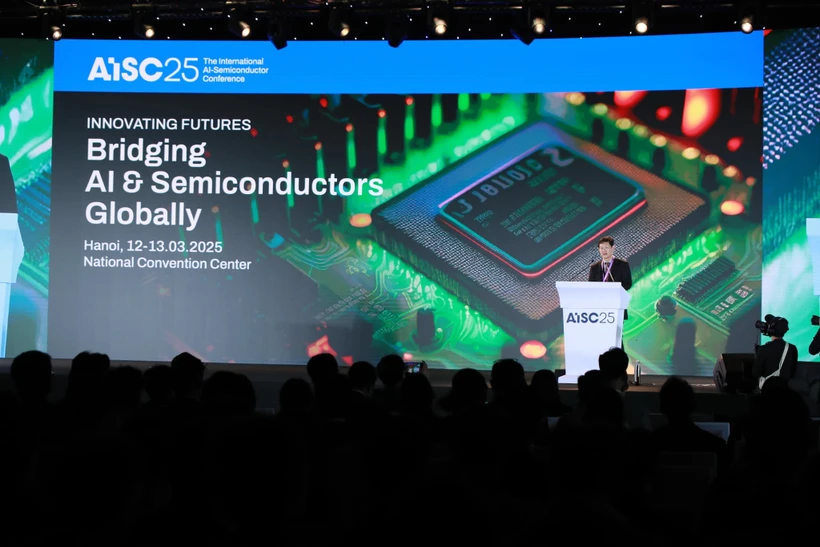




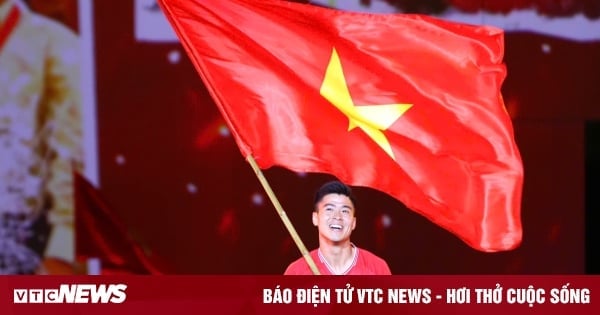
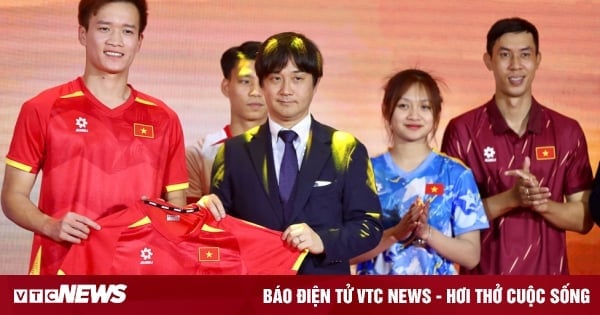

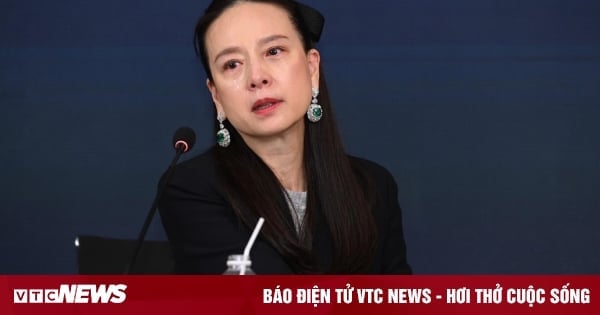








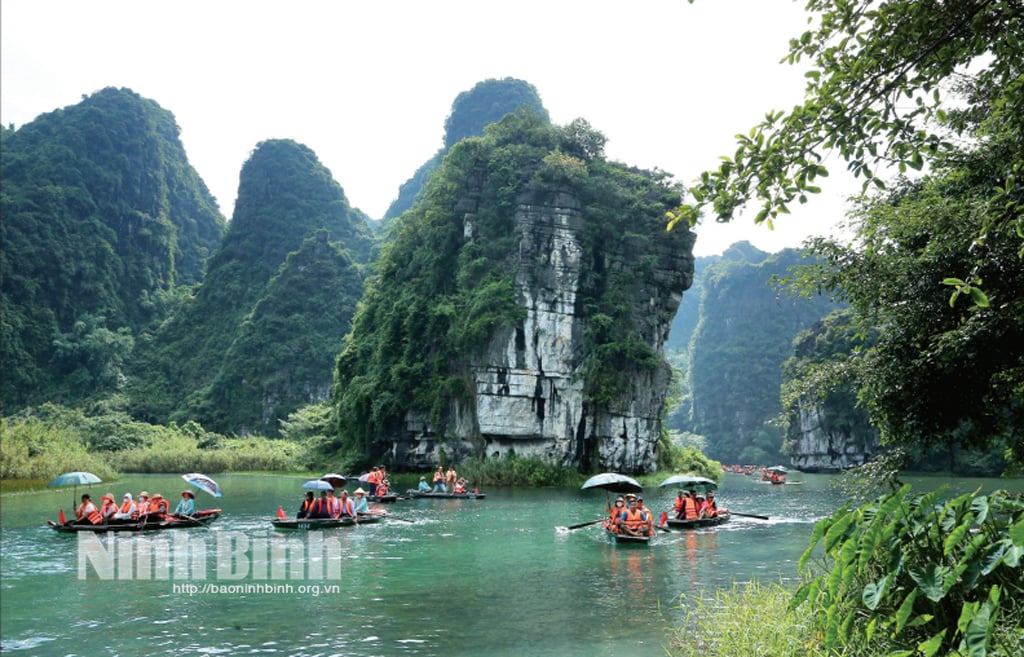





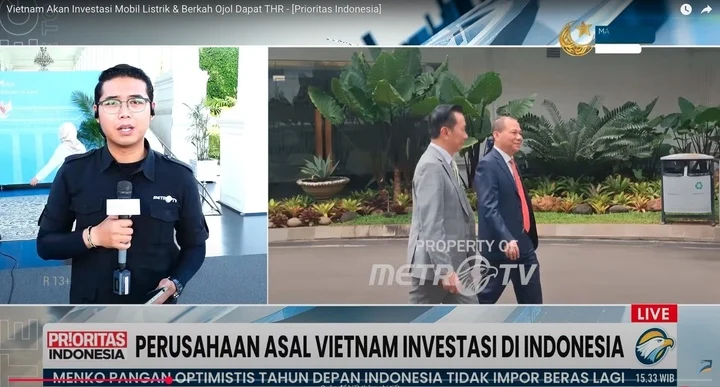
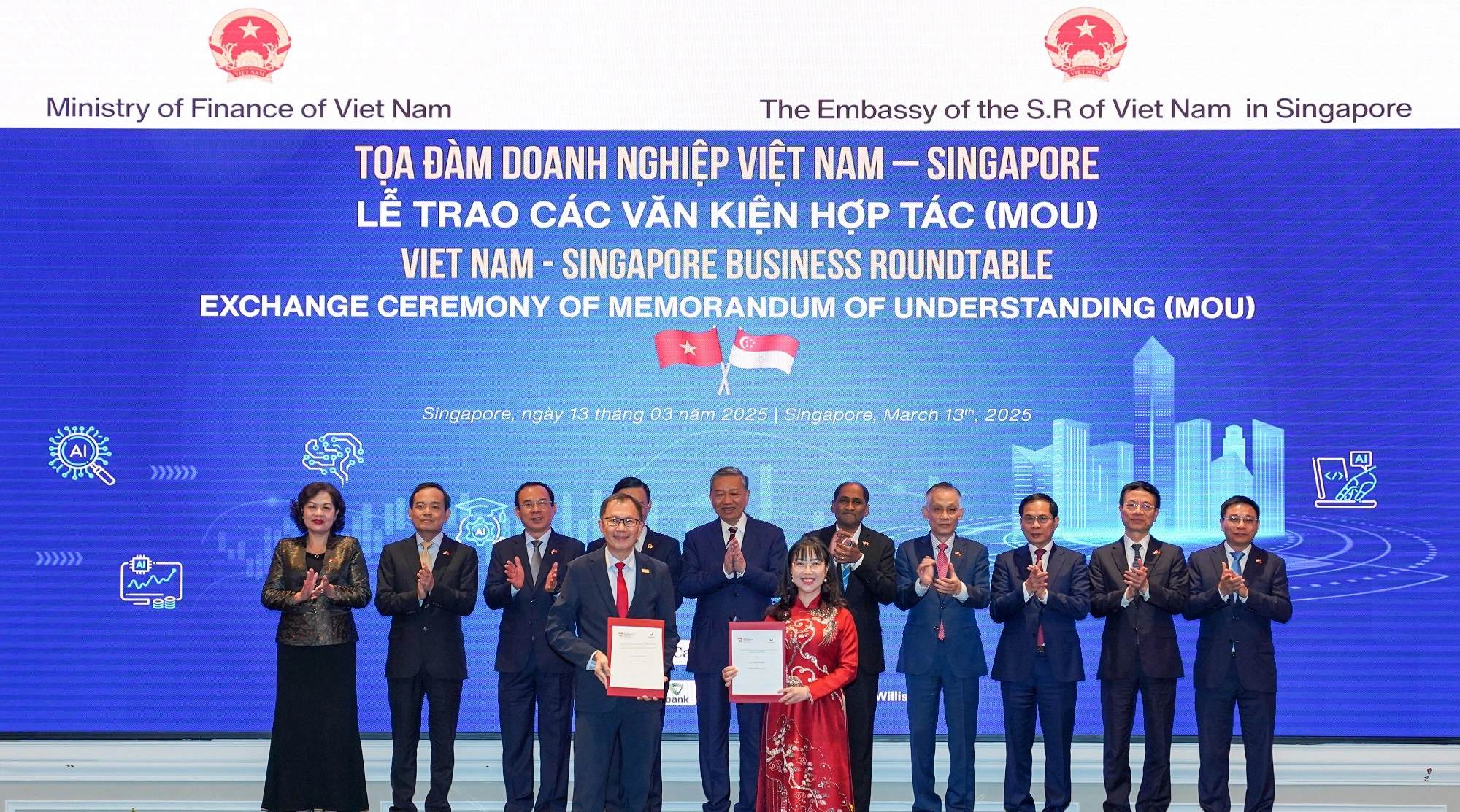

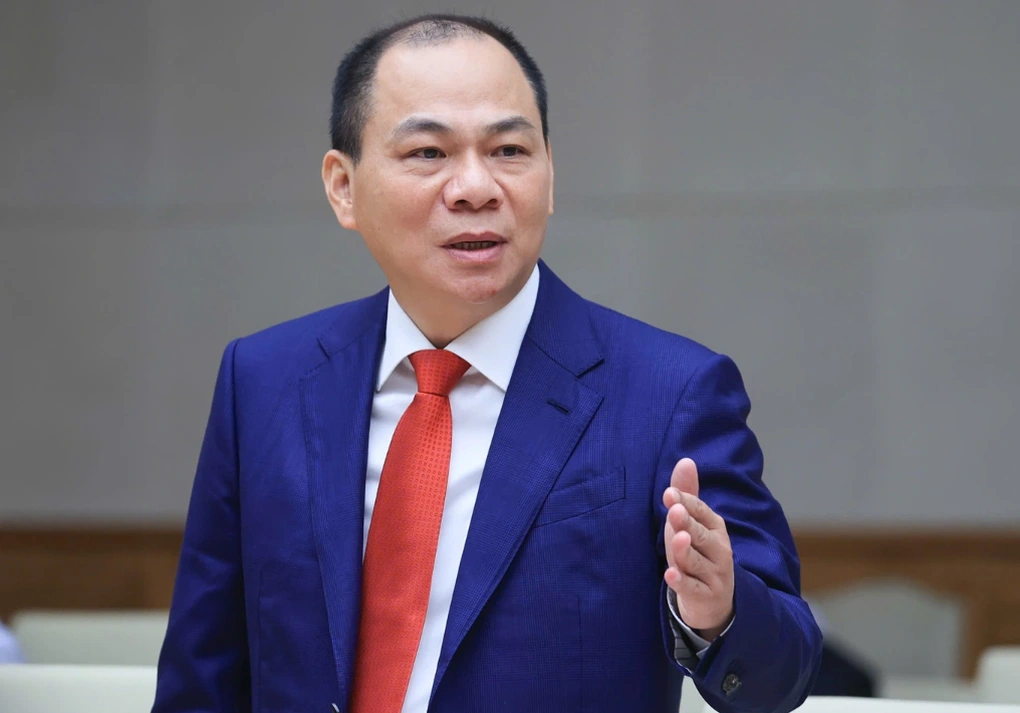
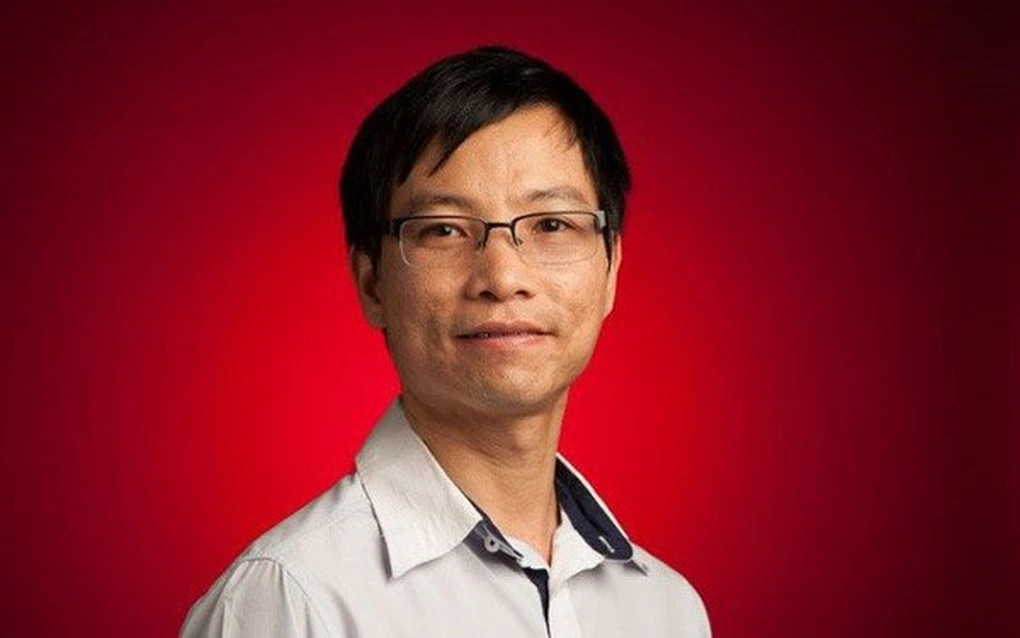




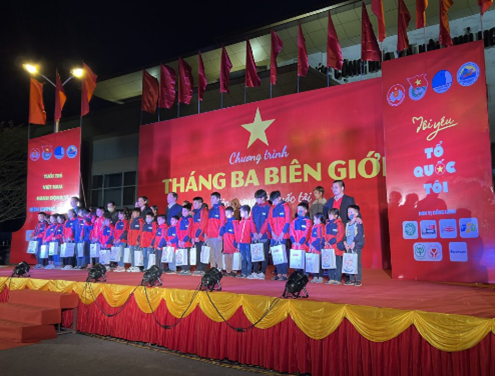

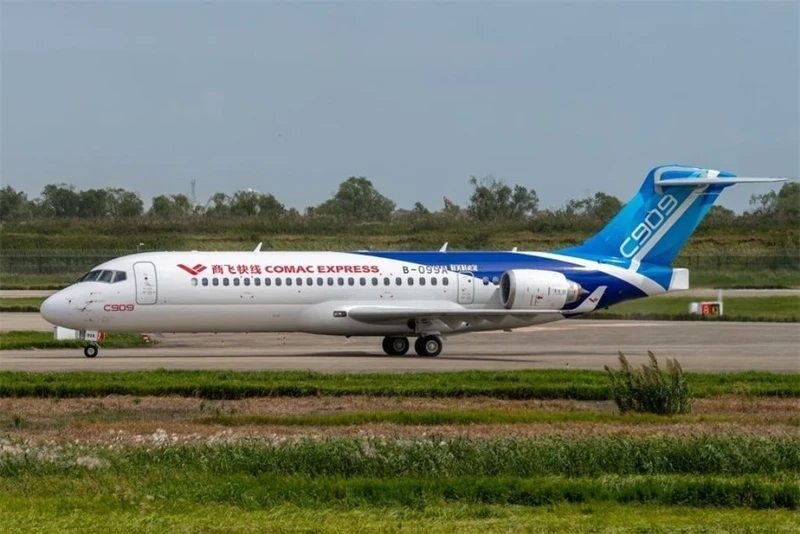


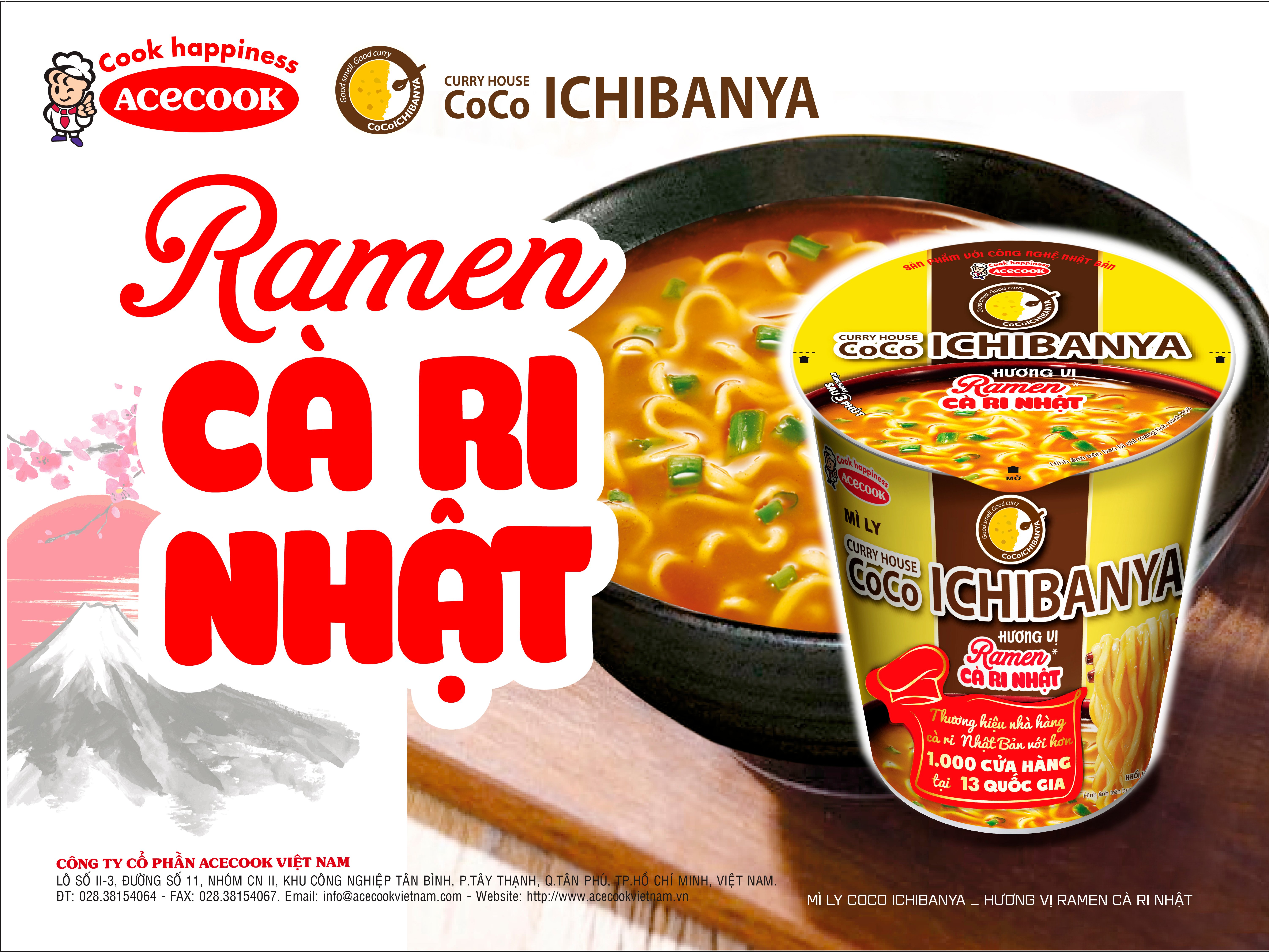
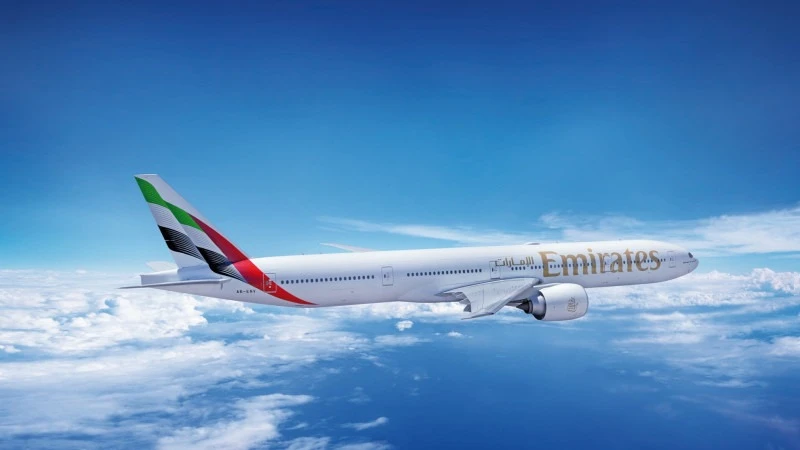
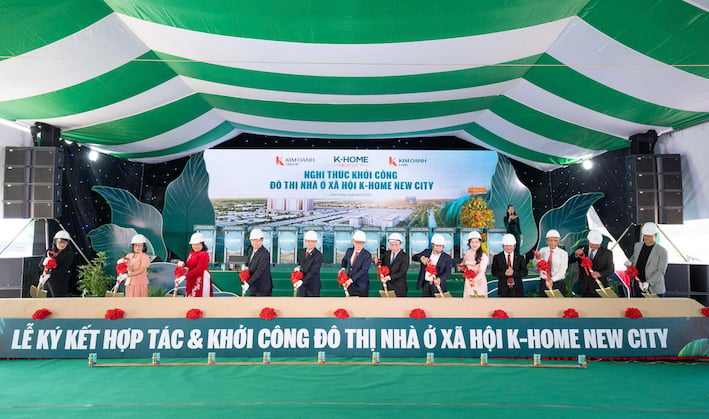





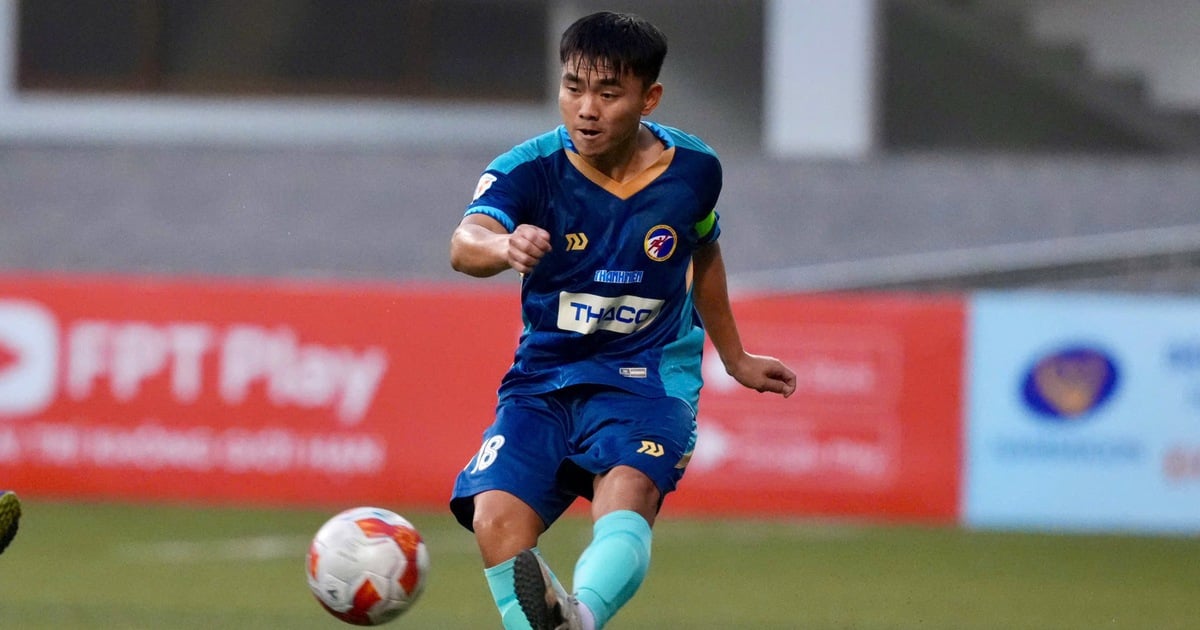
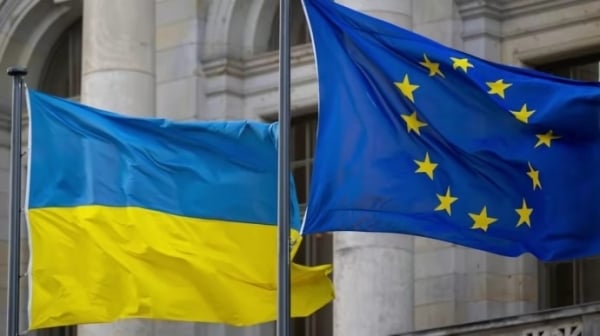



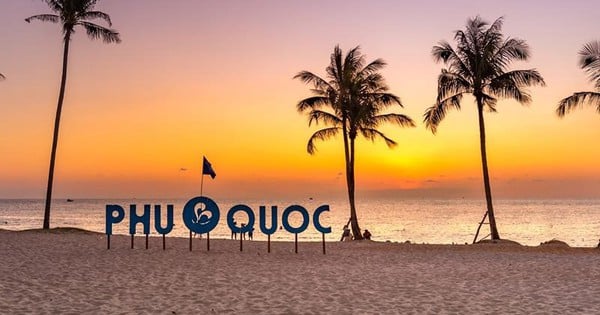


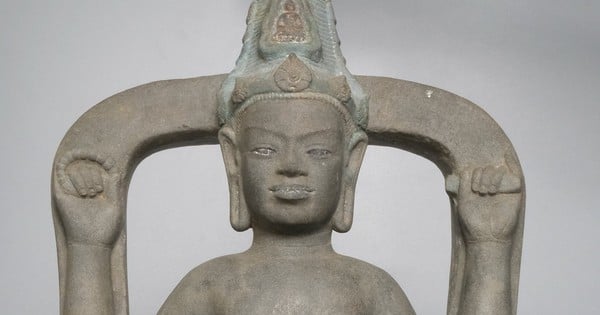
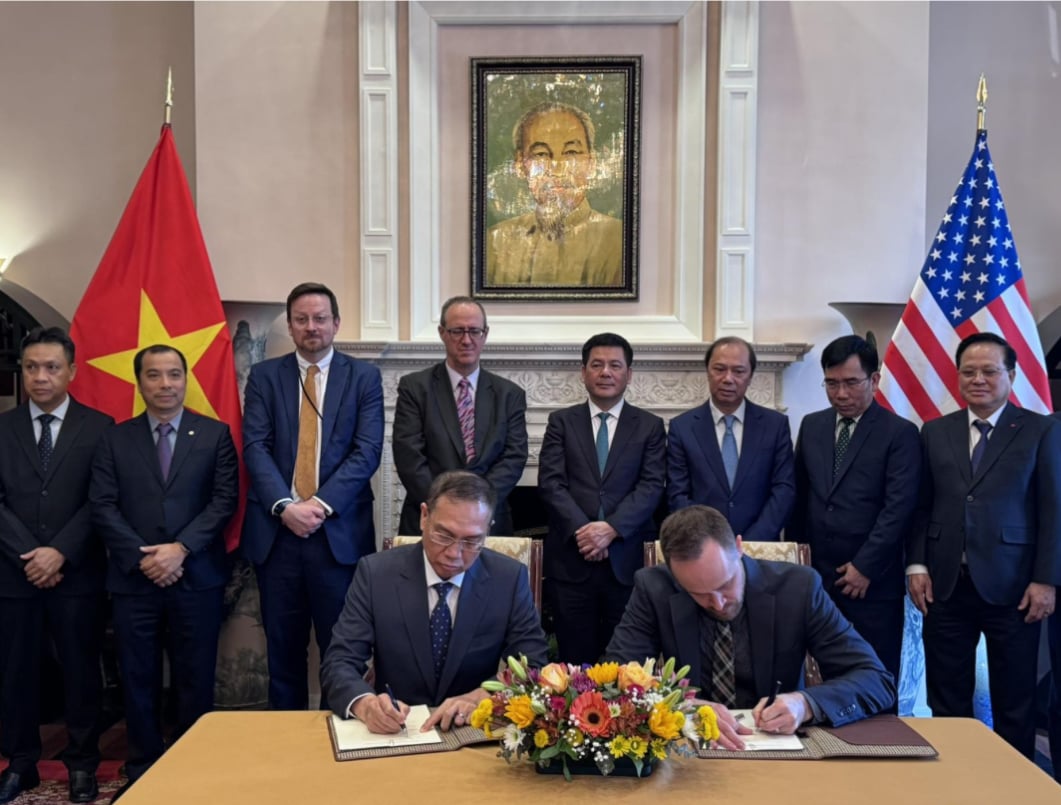





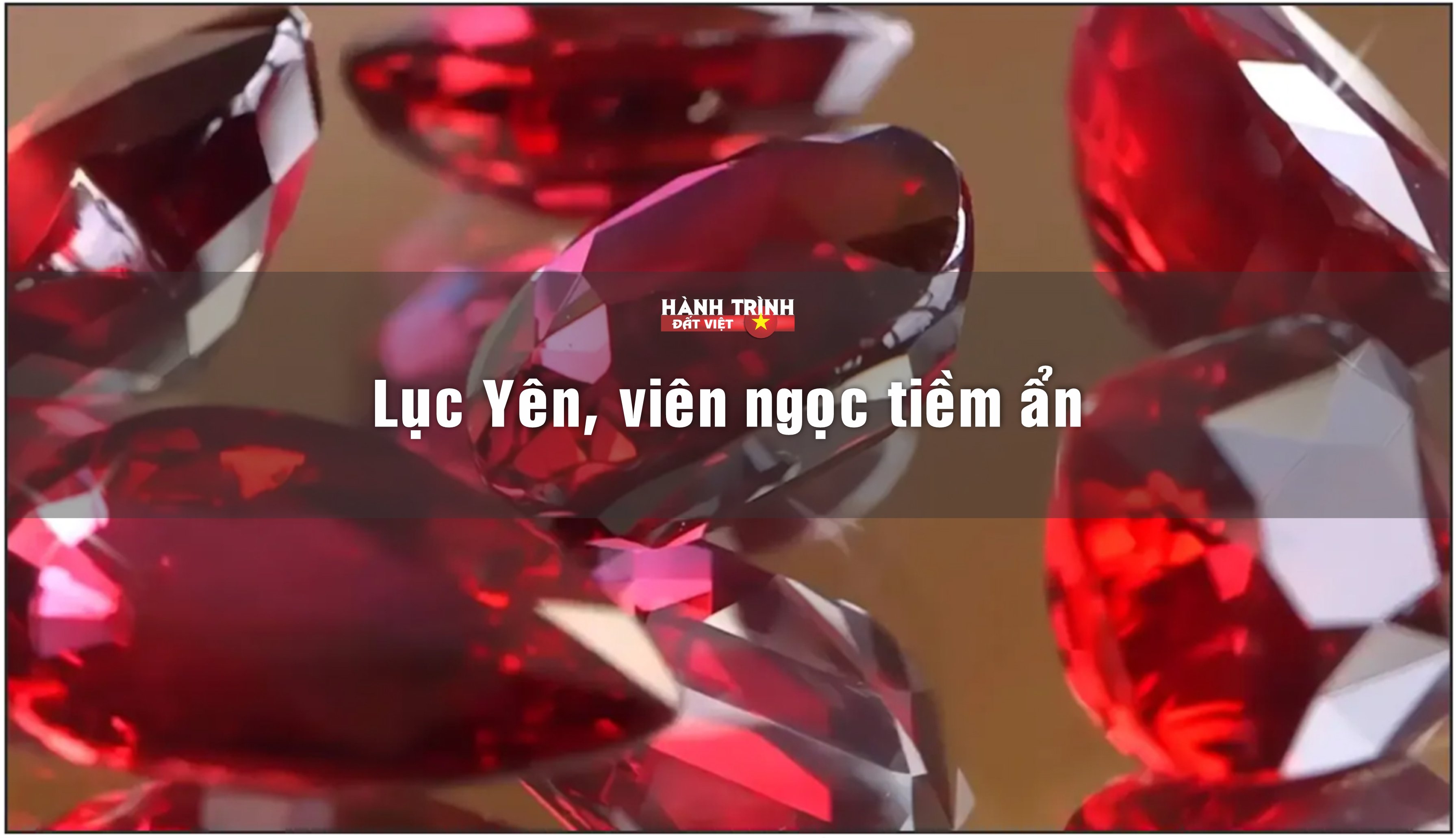












Comment (0)